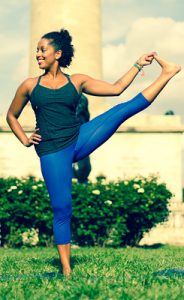Introduction to Protein

Protein makes up approximately 20 percent of the human body and is present in every single cell. The word protein is a Greek word, meaning “of utmost importance.” Proteins are called the workhorses of life as they provide the body with structure and perform a vast array of functions. You can stand, walk, run, skate, swim, and more because of your protein-rich muscles. Protein is necessary for proper immune system function, digestion, and hair and nail growth, and is involved in numerous other body functions. In fact, it is estimated that more than one hundred thousand different proteins exist within the human body. In this lesson you will learn about the structure of protein, the important roles that protein serves within the body, how the body uses protein, the risks and consequences associated with too much or too little protein, and where to find healthy sources of it in your diet.
Unit Learning Objectives
After completing this unit, you should be able to:
- Describe the basic chemical structure of all amino acids, and understand the difference between essential and non-essential amino acids.
- Describe how proteins are formed from amino acids and name the four levels of structural organization of proteins. Appreciate how the structure of a protein is vital to its function.
- Describe and give examples of the wide variety of different functions of proteins in the body.
- Define the guidelines for protein intake, and identify food sources of protein in the diet, distinguishing between complete and incomplete proteins.
- Trace the steps of protein digestion and absorption through the gastrointestinal tract, and discuss how absorbed amino acids are used by the body.
- Identify the health consequences of too little and too much dietary protein.
- Discuss the environmental and public health consequences of protein choices, and identify ways to make more sustainable choices.
Attributions:
“Defining Protein”, section 6.1 from the book An Introduction to Nutrition (v. 1.0), CC BY-NC-SA 3.0
Image Credits:
“Yoga image” by Dave Rosenblum is licensed under CC-BY-2.0.

